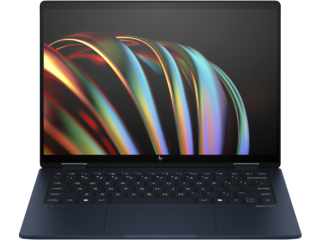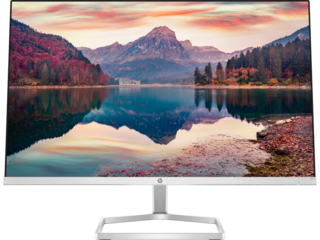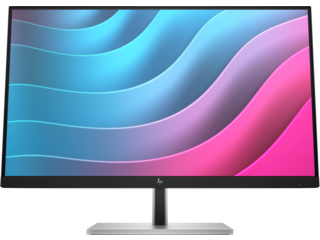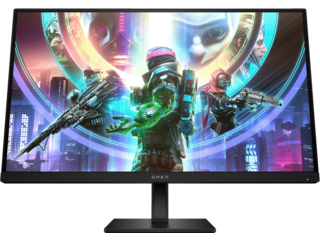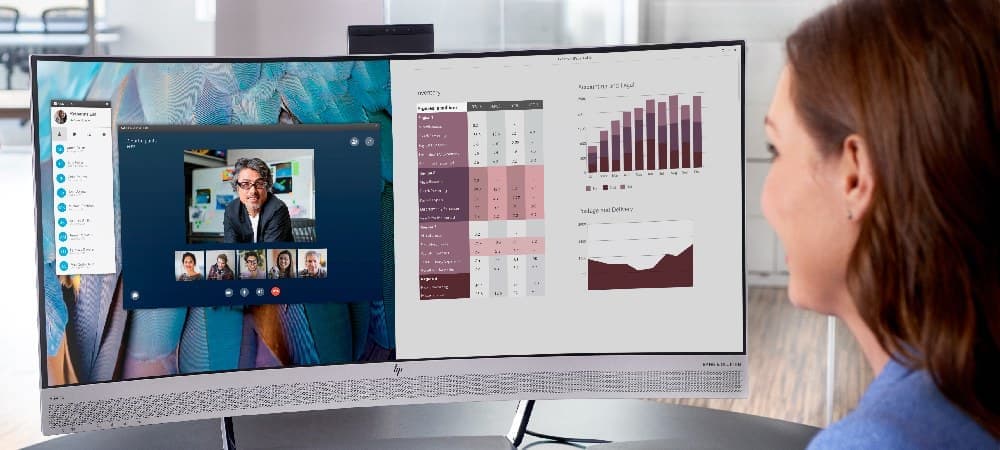
How To Connect Laptop To TV: The Ultimate Guide
Wired Connections: The HDMI Standard
Understanding HDMI
Types of HDMI Cables
- Standard: A standard HDMI cable supports 1080i or 720p video
- High-Speed HDMI: A high-speed HDMI cable supports 1080p and 4K video
- Premium High-Speed HDMI: Premium HDMI cables support 4K video at higher frame rates
- Ultra High-Speed HDMI: An ultra high-speed HDMI cable supports 8K video and Dynamic HDR
Steps to Connect Using HDMI
- Locate the HDMI ports on your laptop and TV
- Connect one end of the HDMI cable to your laptop’s HDMI port
- Connect the other end to an available HDMI port on your TV
- Turn on your TV and select the correct HDMI input (usually labeled HDMI 1, HDMI 2, etc.)
- Your laptop screen should now be mirrored on the TV
What If My Laptop Doesn’t Have an HDMI Port?
- USB-C to HDMI: You can use a USB-C to HDMI adapter with laptops with USB-C ports (common on newer MacBooks and many Windows ultrabooks)
- Mini DisplayPort to HDMI: A Mini DisplayPort to HDMI is found on some laptops, particularly older MacBooks
- VGA to HDMI: For older laptops with VGA output, a VGA to HDMI adapter is used
- DVI to HDMI: Another option for older laptops is a DVI to HDMI adapter
Troubleshooting HDMI Connections
- Ensure the HDMI cable is securely connected at both ends
- Try a different HDMI port on your TV
- Update your graphics drivers on your laptop
- Check your laptop’s display settings:
- Windows: Settings > System > Display
- Mac: System Preferences > Displays
- Try a different HDMI cable to rule out cable issues
Alternative Wired Connections
DisplayPort
USB-C
VGA or DVI
Wireless Connections: Cutting the Cord
1. Miracast (for Windows 10 and later)
- Ensure your TV supports Miracast (most smart TVs do)
- On your laptop, press Windows key + K
- Select your TV from the list of available devices
- Follow any on-screen prompts to complete the connection
- Ensure both devices are on the same Wi-Fi network
- Update your Wi-Fi drivers on your laptop
- Check if your laptop supports Miracast (most modern Windows laptops do)
2. Apple AirPlay (for Macs)
- Ensure both devices are on the same Wi-Fi network
- Click the AirPlay icon in the menu bar (or in Control Center on macOS Big Sur and later)
- Select your TV from the list
- Enter the AirPlay passcode if prompted
- For the best performance, use a 5GHz Wi-Fi network if available
- Keep your Mac and TV close to your Wi-Fi router
- Ensure your Mac and TV are updated to the latest software versions
3. Chromecast
- Plug the Chromecast into your TV’s HDMI port
- Install the Google Home app on your laptop
- Connect Chromecast to your Wi-Fi network
- In Google Chrome browser, click the three dots menu > Cast
- Select your Chromecast device
- You can cast your entire desktop by selecting “Cast desktop” from the Sources menu
- For the best performance, use a 5GHz Wi-Fi network if available
- Keep your Chromecast updated to the latest firmware
4. Smart TV Apps
- Netflix
- YouTube
- Plex
- Samsung Smart View (for Samsung TVs)
5. DLNA (Digital Living Network Alliance)
- Ensure your TV and laptop support DLNA
- Connect both devices to the same network
- On Windows, right-click the media file you want to play and select “Cast to Device”
- Select your TV from the list of available devices
Optimizing Your Connection
- Adjust display settings: Ensure your laptop’s display resolution matches your TV’s capabilities for the best picture quality.
- Windows: Right-click desktop > Display settings
- Mac: System Preferences > Displays
- Audio output: If using HDMI, audio should automatically switch to your TV. For wireless connections, you may need to manually change the audio output in your laptop’s sound settings.
- Extend vs. Mirror: Decide whether you want to mirror your laptop screen or use the TV as an extended display
- Windows: Windows key + P
- Mac: System Preferences > Displays > Arrangement
- Refresh rate: For gaming or smooth video playback, ensure your TV and laptop are set to compatible refresh rates. Most TVs operate at 60Hz, but some support higher refresh rates.
- Color calibration: For the best image quality, consider calibrating your TV’s colors. Many TVs have built-in calibration tools, or you can use online calibration videos.
Troubleshooting Common Issues
- No signal:
- Ensure both devices are powered on
- Double-check that you’ve selected the correct input on your TV
- Try a different HDMI port or cable
- Poor image quality:
- For wired connections, try a different HDMI cable
- For wireless connections, move your laptop closer to the TV or router
- Check your TV’s picture settings and adjust as needed
- Lag or delay:
- This is more common with wireless connections. Try moving closer to your router or switching to a wired connection for better performance
- For gaming, look for a “Game Mode” on your TV to reduce input lag
- Audio issues:
- Check your laptop’s sound settings and ensure the correct output device is selected
- For HDMI connections, try unplugging and replugging the HDMI cable
- Ensure your TV’s audio is not muted and is set to the correct input
- Screen doesn’t fit TV properly:
- Adjust the overscan settings on your TV
- Check your laptop’s display scaling settings
Advanced Tips
- Use your TV as a second monitor: Instead of mirroring your laptop screen, extend your desktop to use your TV as a second monitor for increased productivity.
- Gaming considerations: If you’re connecting your laptop to a TV for gaming, look for a TV with low input lag and support for your laptop’s refresh rate.
- 4K and HDR: If your laptop and TV both support 4K and/or HDR, make sure you’re using a compatible HDMI cable (at least High-Speed HDMI) to take full advantage of these features.
- Remote control: Consider using a wireless keyboard and mouse to control your laptop from your couch when it’s connected to the TV.
HP M22f FHD Monitor
$94.99
HP E24 G5 FHD Monitor
$204.00
